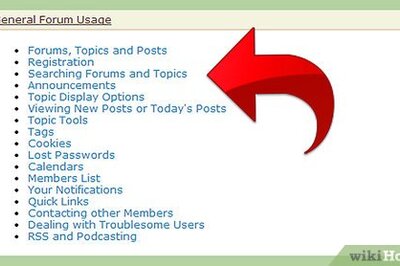
views
Gold prices surged on Friday in the domestic as well as international markets, mainly because of two reasons. One, US President Donald Trump announced he would impose an additional 10% tariff on $300 billion worth of Chinese imports starting 1 September. And second, the US central bank cut its benchmark interest rate by a quarter percentage point on Wednesday, marking the first reduction since the 2008 financial crisis.
Trump’s statement spooked stock markets, increasing gold’s appeal as a safer option for investors to put money. But how exactly do US Federal Reserve’s statements and policy actions affect gold prices?
The Federal Open Market Committee (FOMC) is the policy-making branch of the US Federal Reserve which works with the main objective of sustaining healthy economy with reasonable interest rates, low inflation and low unemployment rate in the US. It meets eight times a year to analyze the current market situation and make decisions based on its findings. The decisions made by FOMC have ripple effects in the market and are therefore eagerly awaited by the financial industry.
The FOMC may significantly affect the gold market. Gold is a non-yield-bearing asset, so it is sensitive to changes in interest rates. Many investors and market analysts believe that as rising interest rates make bonds and other fixed-income investments more attractive, money flows into higher-yielding investments such as bonds and money market funds, and out of gold, which offers no yield at all.
The yellow metal also serves as a safe-haven asset, so it reacts to signals sent by the FOMC members about the condition of the economy. This is why gold prices are often moved by the FOMC monetary policy statements or the minutes of its meetings.
It is often seen that when FOMC is more dovish than expected, the price of gold often rises, as it implies a slower pace of tightening and lower real interest rates. On the contrary, when FOMC is more hawkish, gold prices often decline, as it suggests a more aggressive normalization of the monetary policy and higher real interest rates.
Also, FOMC decisions affect stock markets across the world. Any hawkish statement pulls down US stocks, triggering selloffs in emerging markets as well. Whenever the stock market declines significantly, one of the first alternative investments that investors consider transferring money into is gold, as mentioned earlier. And when stock indices are making all-time highs, the yellow metal is always susceptible to see significant downside correction.
Hence, as explained, the US Federal Reserve may affect gold price trends in more ways than one.



















Comments
0 comment